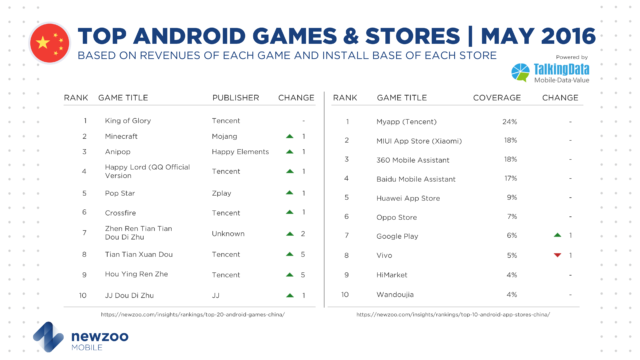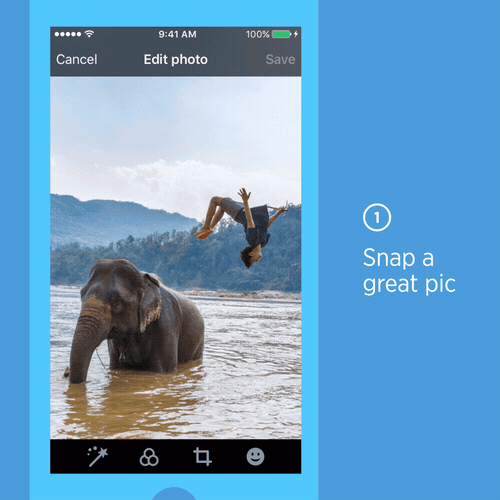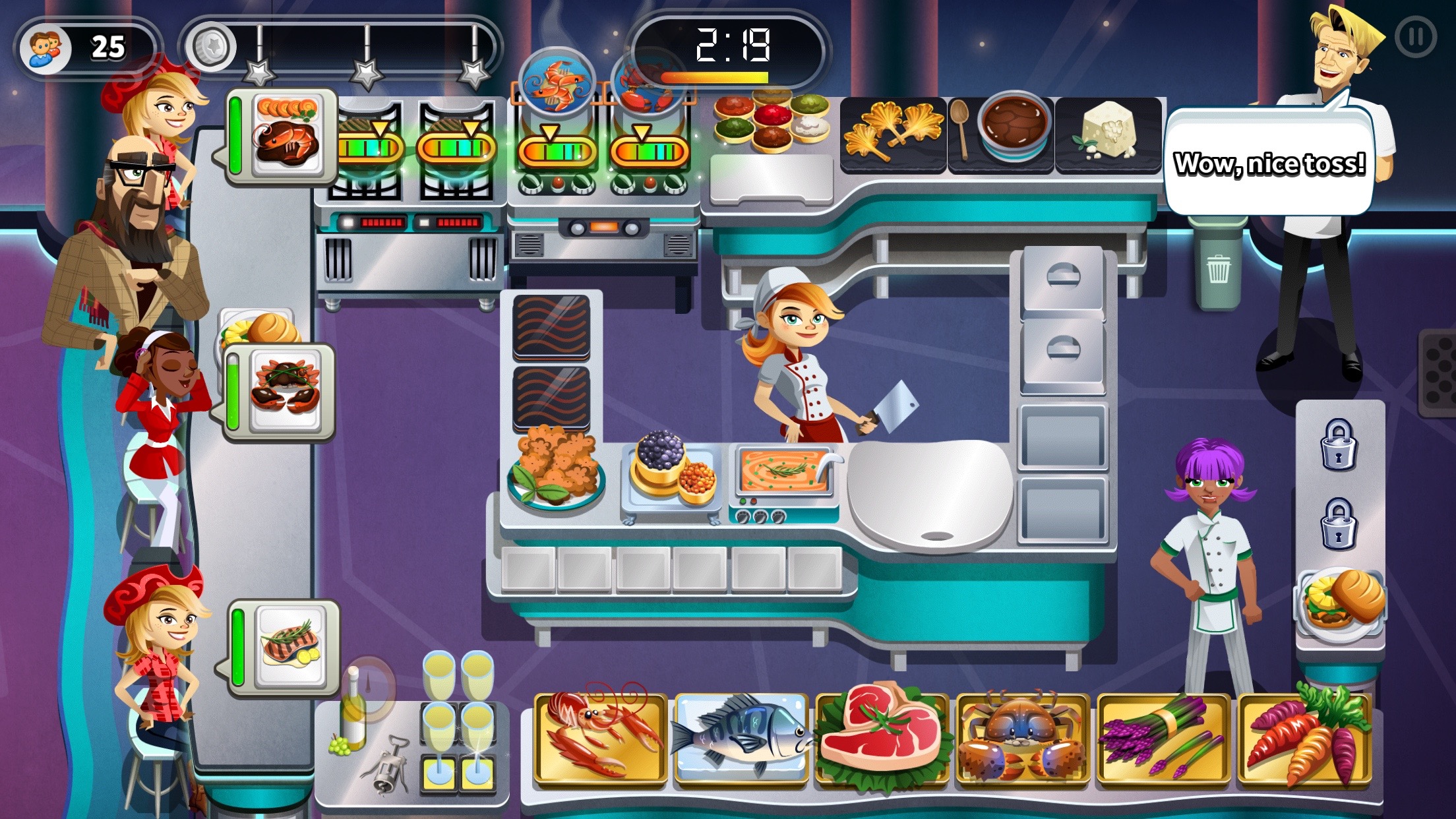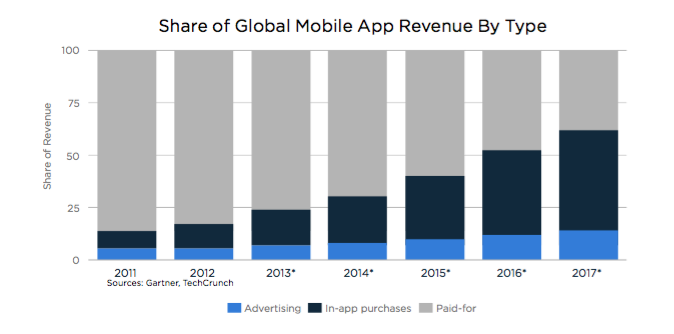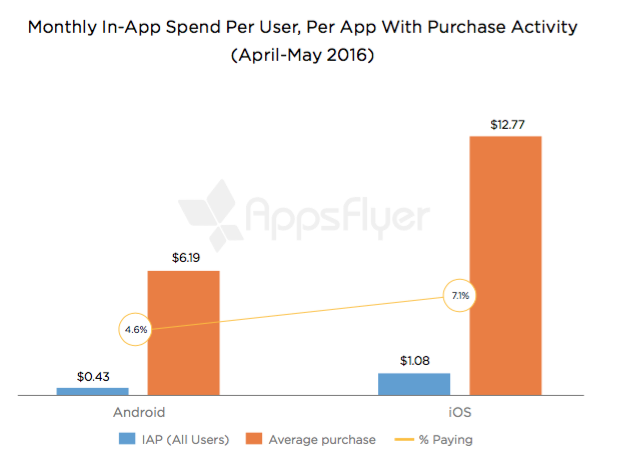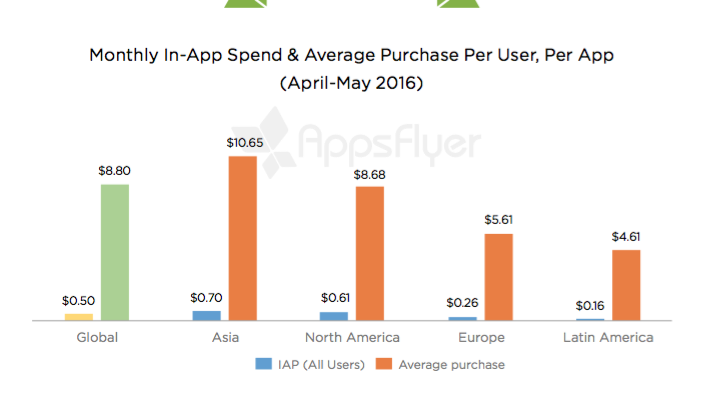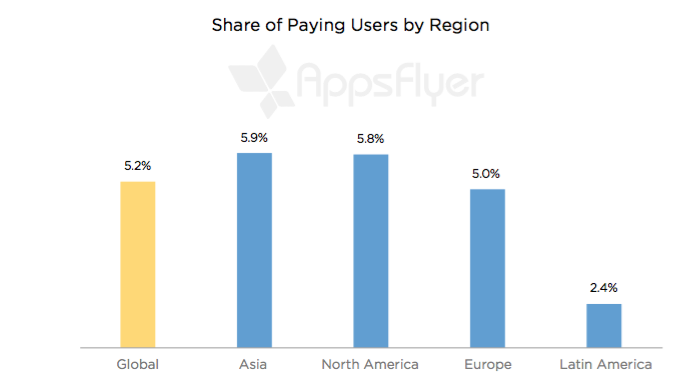Korean game publisher Bluehole is expanding beyond its MMORPG (massively multiplayer online role-playing game) roots of Tera and Devilian by partnering with Brendan Greene (aka PLAYERUNKNOWN), the Irish developer behind the popular Battle Royale gameplay mode for Arma 3 and H1Z1. PLAYERUNKNOWN’s Battlegrounds is being designed from the ground up as a standalone Battle Royale player versus player game.
The open world PC game strands up to 64 players on a remote island without any gear or resources. Players then enter a last-man-standing competition where they try to locate weapons, vehicles and supplies in a graphically and tactically rich battleground in order to survive. Ultimately, the players battle it out in a winner-takes-all showdown in a shrinking arena that engages them in a tense fight to the death.
Dr. Chang Han Kim, production director at Bluehole, has grown an audience of over 25 million players with Tera. He’s now working with the recently relocated Greene on the new game. He talks to [a]listdaily about the company’s eSports hopes and how this new game is being designed for a global audience in this exclusive interview.
Why are you expanding into the Western market?
Bluehole has always been very active in pursuing the Western market through Tera, especially through our Seattle-based subsidiary, En Masse Entertainment. Tera has been very successful in the west, thanks to the combined efforts of Bluehole and En Masse Entertainment. However, a lot has changed since we launched Tera, and at this point, we see a global gaming market more than individual territories. I believe our upcoming project is part of a larger movement of developers launching games for the global audience.
Why did you decide to partner with Brendan Greene for your first Western game?
I was primarily an MMORPG developer throughout my career, but I always had my eyes on Battle Royale gameplay on multiple platforms. After deciding that I wanted my next game to be in the Battle Royale genre, it was an easy decision to try and get the original creator of the genre, PLAYERUNKNOWN, on board as no one has a clearer vision on the genre than the creator himself, who has been living and breathing Battle Royale for over four years. I am very certain that when PLAYERUNKNOWN’s vision of the genre meets Bluehole’s development and art expertise, we’ll be able to provide a truly exciting Battle Royale experience set in a realistic open world with deep gameplay and strong combat mechanics.
How does Brendan Greene fit into the Bluehole Alliance, and how has that development consortium been working out?
Bluehole has been dedicated to pursuing the global market for a very long time, and bringing the Battle Royale and modding expertise of PLAYERUNKNOWN from Ireland to Korea when he joined the team as the creative director is very much in sync with what we hope to accomplish as a company. The collaboration is going very smoothly and PLAYERUNKNOWN’s clear vision on the project has been extremely advantageous in making progress with our development.
I kicked off my discussions with PLAYERUNKNOWN thinking to myself, “Why can’t a global project be developed by a global team?” When we started talking, I was pleasantly surprised by the fact that we already had so much in common in how we envision the Battle Royale genre, and everything pretty much took off from that point on. There are even more “global” developers joining, so we have quite a diverse team at this point.
What will differentiate Battlegrounds from Brendan Greene’s past mods in terms of the gameplay experience?
PLAYERUNKNOWN’s vision on the project has been very clear from day one. We are focused on creating a complete Battle Royale experience that provides an in-depth loot system with large arrays of items and attachments for weapons, strong combat mechanics, and a realistic open world setting where strategies—alongside your gun skills—really do matter
Our primary goal is to create a Battle Royale game that’s highly competitive, balanced, and fun to play, and we plan on adding more game modes in the future to provide diverse experiences.
How will your company’s publishing background help Brendan Greene with this development?
Throughout our experiences developing Tera and seeing how well it is doing not only in Asia but also in the West, I believe that Bluehole is capable of creating games that can truly be globally appealing. We have very high standards for our quality. I believe that with the expertise we have gained over the years of developing MMO games and with PLAYERUNKNOWN’s vision being so strong, we can really build a compelling Battle Royale standalone game.
What business model will you employ with Battlegrounds?
It’s still quite early of a development stage, so nothing has been confirmed yet, but we will be targeting to release this as a paid title, rather a free-to-play one.
How do you think the success you’ve had with games in Korea will translate to marketing this game to a Western audience?
Thanks to En Masse Entertainment, we’ve had much success in bringing Tera to our Western audiences over the years, and there could be many areas where we could capitalize on our past experiences to try to better market our new project. However, there are also many differences between the two games (business model, genre, timing of the launch, etc.) so we’ll always need to adapt and find what’s the most appropriate for this new project. First and foremost, we’re focused on creating a good game, but we plan to conduct a very open development process as well. We hope to get very closely engaged with the community, share a lot of the stuff that takes place in our office, seek feedback as much as possible, and just really focus on creating a good game.
How much crossover has there been for Tera and Devilian in the US?
Since Tera and Devilian are both fantasy MMORPGs, there is a certain amount of crossover between the audiences for the two games. Our main goal is servicing the players of each individual franchise, but we keep an eye out to see if there’s something that can work for both games. It’s good to share learning between franchises.
Daybreak Games has turned Brendan Greene’s H1Z1 mod into an eSport. What eSports opportunities do you see for Battlegrounds?
I believe that the Battle Royale genre has great potential to become a major eSport, and that was one of the common visions that I shared with PLAYERUNKNOWN. However, we also agreed that before committing ourselves to turning Battlegrounds into an eSport, it is much more important for us to be focusing on creating a good game that can be suitable for an eSport. The competitive balance and tuning has to come first, then we’ll explore the possibilities.
What opportunities has eSports opened up for marketing games to a global audience today?
I believe that there are more people watching Battle Royale games being played on Twitch than those actually playing them. This genre is not only fun to play, but also very fun to watch. This trait itself makes it very attractive and opens up many possibilities for it to become an eSport.
Outside of Blizzard (World of Warcraft) and ArenaNet (Guild Wars 2) there haven’t been many MMO eSports. What opportunities do you see for your existing games in that arena?
Based on my 16 years of experience developing MMORPGs, it is very difficult to turn an MMORPG into an eSport, mainly due to the characters’ growth factors. A Battle Royale game, for instance, makes more sense since every player starts the match on equal footing.

